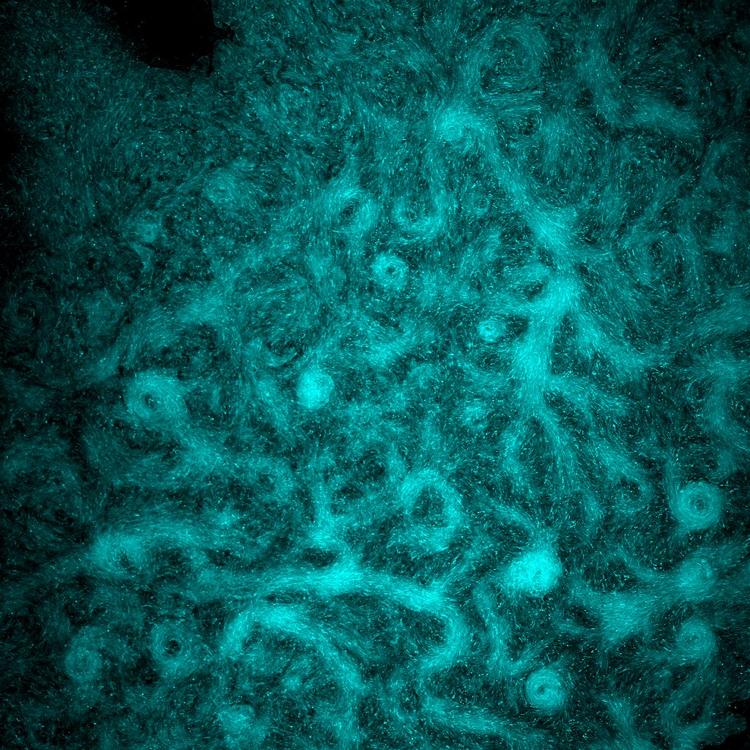
Image credit: Ahmed Al Harraq
Our lab has developed the ability to define and interrogate microbial cells, from the scale of a single cell to that of an entire collective, in complex spaces more akin to their natural habitats than typical lab assays. Using this approach, we study how confinement in crowded media fundamentally alters how bacteria spread by motility or growth, often in previously unknown ways. Guided by these findings, we develop theoretical models to predict the spreading and self-organization of microbes and other “active” systems more accurately in complex environments. Our main thrusts and research questions include:
- Microbial motility and growth. Many microbes spread through their surroundings through either motility, active self-propulsion using e.g., flagella, or growth. How do external constraints and stimuli (e.g., crowding, biochemical signals) and perturbations alter how single cells and multi-cellular collectives move and grow? How can we mathematically model these alterations using ideas from transport processes, chemical dynamics, and non-equilibrium thermodynamics? And how can we use these insights to control bacterial spreading and community formation?
- Microbial community organization and functioning. In many natural settings, microbes self-organize into intricately structured multi-species communities. How do the nature of inter-cell and environmental interactions impact the spatial organization of such communities? How does the spatial organization of a community impact its functioning — e.g., growth, stability and resilience to stressors, and ability to perform chemical transformations — in turn? And how can we harness these insights to design microbial communities that are optimized for a given function?
This research is helping to uncover and harness the organizing biophysical principles of microbial communities, and other forms of active matter, more generally. Ultimately, our goal is to develop quantitative guidelines for the control of microbial behavior in processes ranging from bioremediation and agriculture to drug delivery.
